In this review, we examine the successor to last year’s best gaming phone, the Asus ROG Phone 8 Pro — a gaming-centric marvel that bridges the gap between raw gaming power and everyday usability.
It features a new, much more muted design, less gamer-esque than ever. It is most likely to cater to a wider demographic, surpassing dedicated mobile gamers.
The question is, with its stealthier aesthetic and updated performance, is it still worth picking up?
Let’s find out.
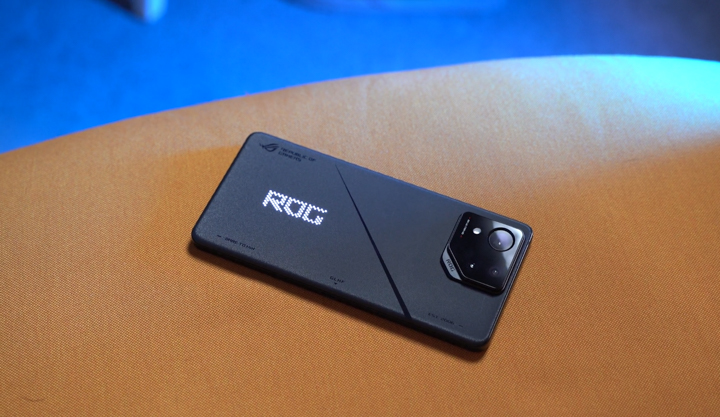
Table of Contents
Design and Construction
Starting off with design, the Asus ROG Phone 8 Pro only comes in Phantom Black, and this is definitely the most noticeable change with this year’s top-of-the line ROG Phone.
Gone are the copper highlights or blue accents, and if there was anything from ASUS’ own ecosystem this phone would aesthetically pair up nicely with, it would have to be those gorgeous new 2024 ROG Zephyrus G14 and G16 laptops, obviously in their black colorways.
Going back to the ROG Phone 8 Pro, for buttons and ports, it still features left and right air triggers on the right side, with the volume rocker and power button present here as well.
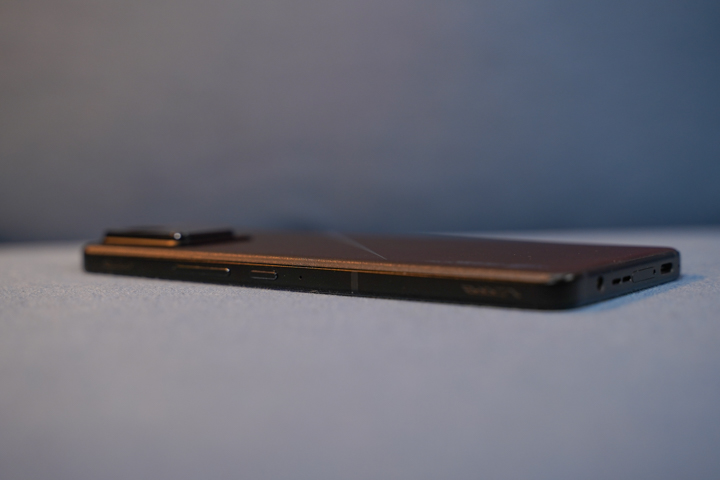
At the bottom is a USB Type-C port, a dual nano SIM card tray that does not feature a dedicated slot for expandable storage, a speaker grille that houses 1 out of 2 stereo speakers, and a 3.5mm audio jack.
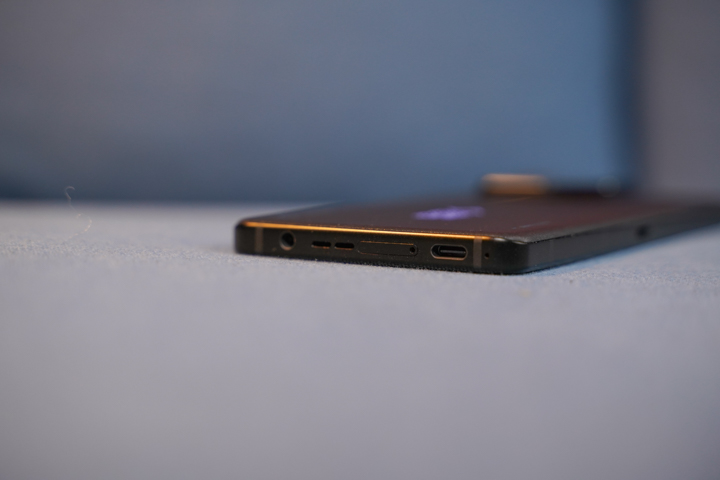
On the left side is another Type-C port that users may also use for charging and data transfers. But it’s also meant for accessories like this Aero Active Cooler X our unit came with.
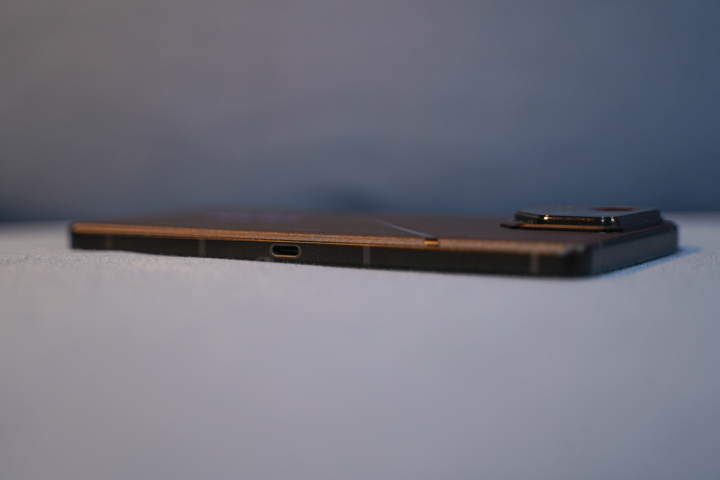
At first glance, the back panel definitely looks like a departure from its predecessors, it’s not a complete departure as we still retain the usual ROG Phone branding here and there.
We get some glossed up text like “Dare to Win”, “GLHF” (Good Luck Have Fun,) “Est 2006”, and of ROG branding on the camera module and at the bottom left.
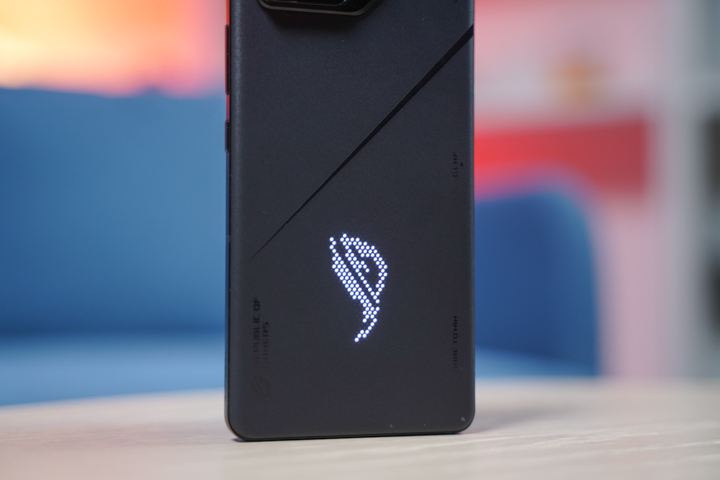
That camera bump is on the thicc side too but it isn’t unwarranted, more on that later.
Here at the rear the ROG 8 Pro also still features AniMe Vision, now in this dotted-led iteration.
It’s pretty cool, and completes the stealth cyberpunk feel to this phone. Users can hop into the Armoury Crate console and toggle it on or off from there.
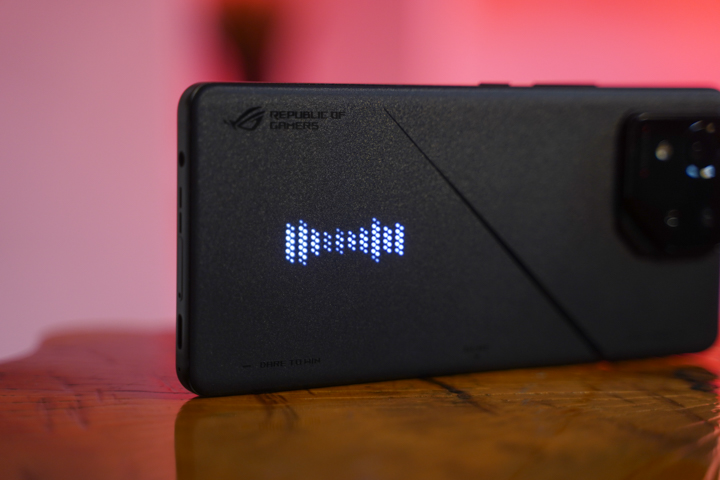
We get a slew of customizable preset options for the dotted display to react to, for incoming calls and notifications, playing games, playing music and so much more.
–Our favorites are countdown timers for taking photos
The rear panel itself is this nice textured Anti-Glare Gorilla Glass panel, that features a diagonal slit reminiscent of the aforementioned 2024 Zephyrus models.
While the design is still unmistakably ROG, ASUS has managed to slim down the bezels even more. And the ROG 8 Pro is noticeably slimmer than last year’s ROG Phone 7 Ultimate.
The decision to add IP68 water and dust resistance is also a welcomed addition. So mobile gamers and everyday users can rest assured that this phone is protected from accidental spills and the elements.
Display, Audio, and Biometrics
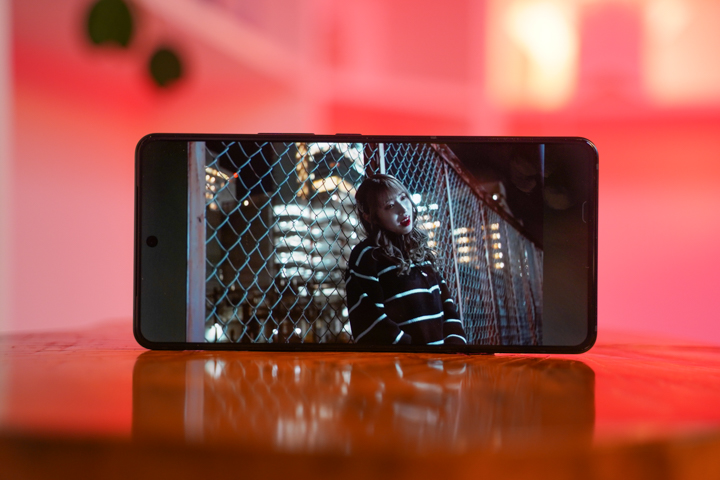
Moving onto the beautiful 6.78-inch FHD+ LTPO AMOLED panel (1080 x 2400 resolution), ASUS has confirmed it’s a flexible one sourced from Samsung and it features a 165Hz refresh rate, just like last year.
And it goes up to 2,500 nits of peak brightness making viewing under direct sunlight a walk in the park, and it’s a visual feast with HDR10 support.
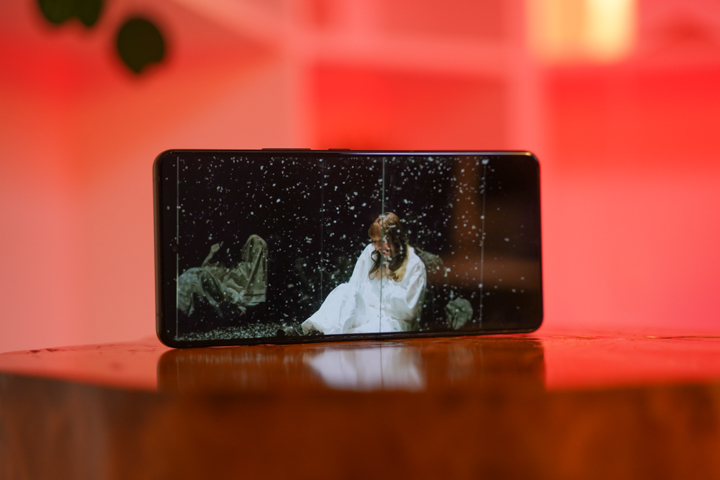
For display protection we get a layer of Corning Gorilla Glass Victus 2, which is rated for drops of up to 6.5 feet.
For auditory performance, the Asus ROG Phone 8 Pro features dual stereo speakers. The drivers are found in the bottom-firing grille and in the ear-piece grille in the top bezel.
And honestly they’re pretty good! Although a lot of us in the office have noticed a dip in loudness compared to last year’s ROG Phone 7 Ultimate at max volume.
Nonetheless, the sound stage is nice and balanced with separation evident for a smartphone. End-users won’t need to max they’re volume out when binging shows or movies in the dark.
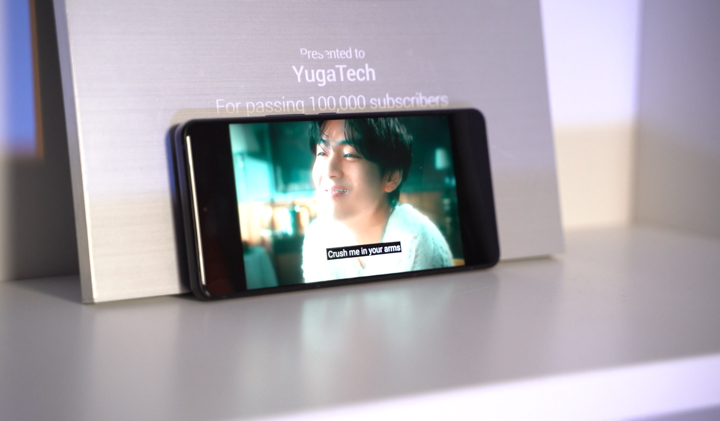
But should also notice it’s loud enough at max volume to fill a room.
Overall those who are thinking of purchasing the device should be satisfied with it for their mixed display usage.
For in-display biometrics, the ROG Phone 8 Pro features one of the optical variety and it’s very accurate from the get go. Users can even customize the animation and indicator style in the settings.
But it also features optical face unlock, which also works most of the time unless in complete darkness.
Cameras
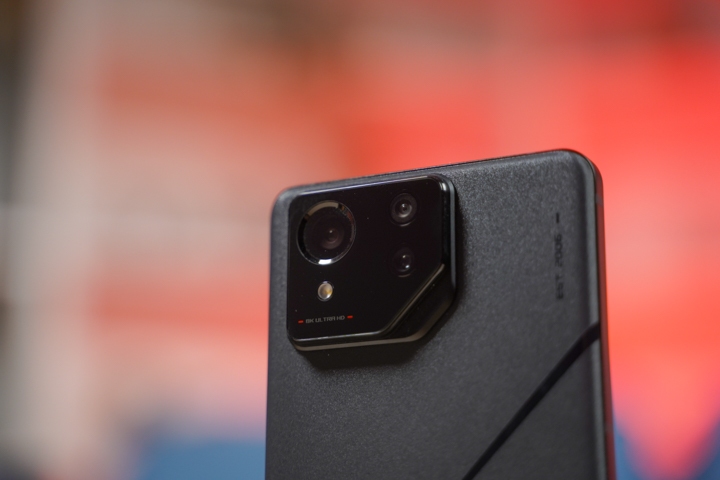
Jumping into the new camera system.
The ROG Phone 8 Pro now features a 50MP Sony IMX890 (f/1.7) as its main camera with Gimbal OIS and acts as a 35mm focal length.
Followed by a 13MP ultrawide (f/2.2), and a new 32MP (f/2.4) dedicated telephoto sensor, which we were missing last year.
Whether you’re capturing detailed landscapes or zooming in for a shot during a live game, users can rest assured the ROG Phone 8 Pro’s camera system has definitely improved this year.
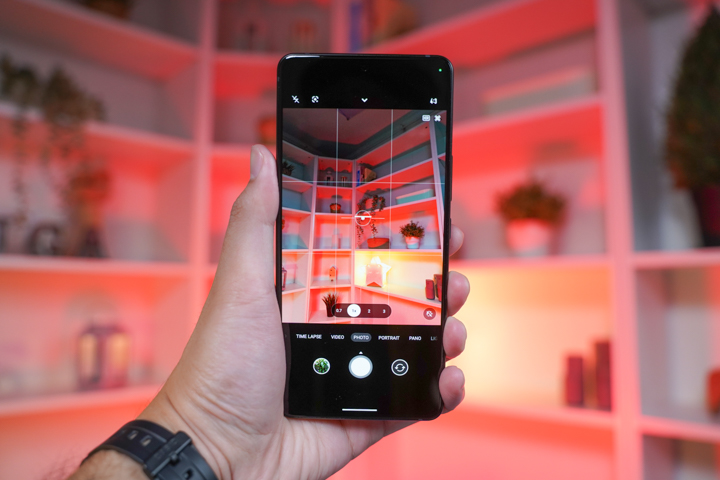
Although in low-light performance, the smartphone tends to struggle a bit more. But it can still hold its own with Night Mode doing a pretty good job of brightening up an image with more than good enough detail preservation. While portrait shots can be a little hit or miss depending on the subjects to focus on.
Moving on to video capabilities, the ROG Phone 8 Pro can shoot some very usable videos especially for social media. Featuring recording resolution of 8K at 24fps, 4K at 30 or 60fps, and the same for FHD and HD.
The addition of HyperSteady stabilization takes handheld video recording to another level, only accessible at a max FHD resolution of up to 60fps the stabilization is superb, user will have to deal with a crop when using this feature as well.
At 8K and 4K resolutions we still get access to adaptive stabilization which does a decent job, with less of a crop.
Overall, the camera system on the ROG Phone 8 Pro is a great improvement from its predecessor and with nifty stabilization features on board, it doesn’t even need a gimbal for smooth pans and tilts!
OS, Apps and Ui
For software, the ROG Phone 8 Pro runs on Android 14 and features the ROG UI launcher out of the box. We can go into Launcher Personalization found in the settings menu to change the gamer-y Shadow Elite theme into the more “Classic” Zen UI theme Asus users have come to love.
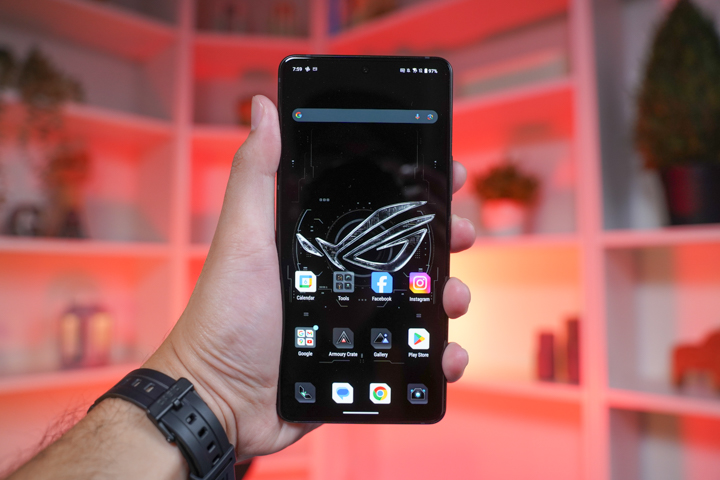
The interface is pretty clean with virtually no bloatware installed.
In an earlier build we noticed some icons in the quick access menu were wrongfully associated with some settings, but all that has been fixed with a software update.
And for the most part, everything feels snappy with basically no hiccups whatsoever.
All ROG features can be fiddled and customized in the Armoury Crate, from Aero Active Cooler modes, to the air trigger preferences, haptics, and performance modes.
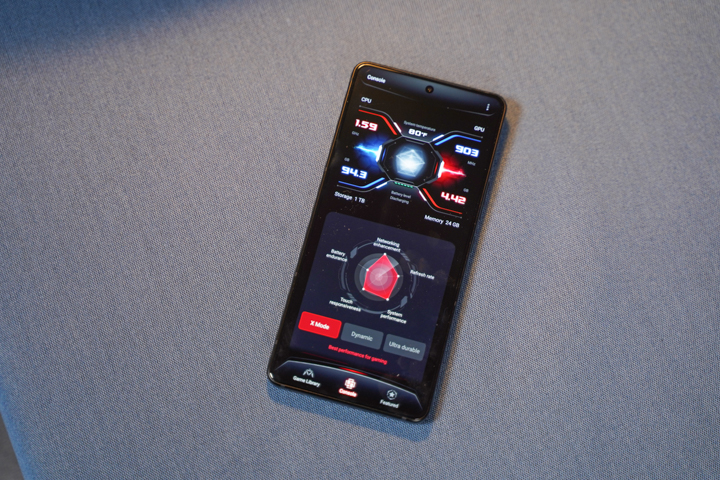
For the most part we kept our unit in X Mode with no major issues.
The new AeroActive Cooler X – the cooling accessory that ASUS claims as a necessity for prolonged gaming sessions is back, albeit with a reduction in the number of mappable buttons and the absence of a built-in subwoofer like last year’s.
Asus claims the trade-off is more efficient cooling, but it’s all in all a preference discussion for gamers who loved the additional buttons and immersive audio boost.
Performance
Under the panels of the ROG Phone 8 Pro is a Qualcomm Snapdragon 8 Gen 3 — a 4nm chipset that features an octa-core processor clocking of up to 3.3GHz, and features a Adreno 750 GPU.
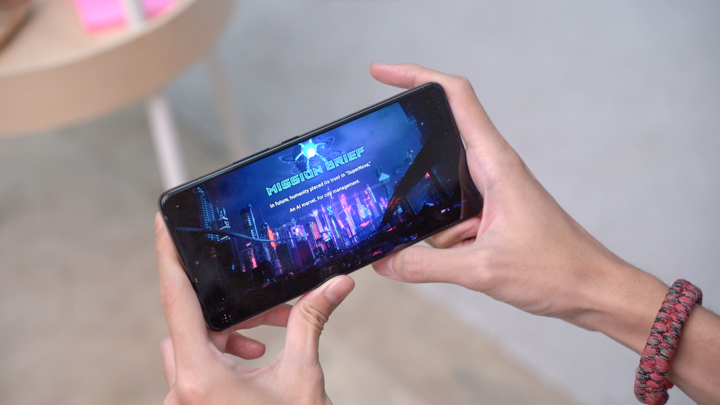
The phone is configured with a mad 24GB of LPDDR5X memory and 1TB of UFS 4.0 storage, no expandable storage here.
Overall it handled most demanding games with ease, our producers here in the office played some Diablo Immortal, Honkai Star Rail, Mobile Legends, and Genshin Impact on the ROG Phone 8 Pro, all with a general consensus of the phone handling everything with no problems whatsoever.
The same can be said for most if not all productivity apps and workflows done on this device.
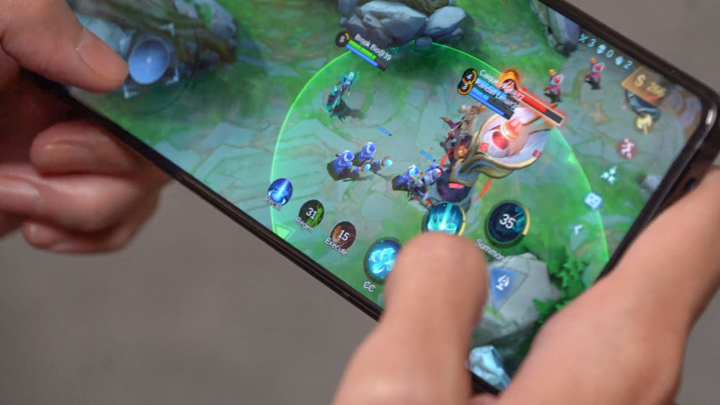
For those of you interested in synthetic benchmarks, check out our scores below.
Antutu Benchmark v10.2.1: 2,080,395
Antutu Storage Test: 193,451
S.Read – 44461
Speed: 3874.7 MB/s
S.Write – 40506
Speed: 3530MB/s
3D Mark SlingShot Extreme: Maxed Out!
3D Mark Wild Life: Maxed Out!
3D Mark Wild Life Extreme: 5,231 (31.33 avg fps)
Geekbench 6 CPU: Single-core: 2248, Multi-core: 7141
Geekbench 6 GPU Vulkan: 16,372
Geekbench 6 GPU OpenCL: 14,248
PC Mark Work 3.0 Performance: 21,374
Battery and Connectivity
Powering this gaming beast is a smaller than last year, 5,500 mAh battery (which if you think about it probably played a big part in the reduction of the phone’s thickness.
We still get 65W wired charging speeds, with compatibility for Qualcomm Quick Charge protocols. And the same 10W wired reverse charging.
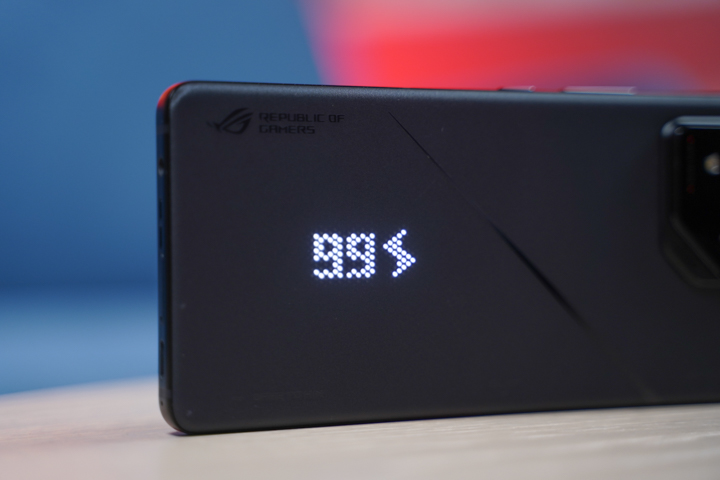
What’s new is the addition of 15W Qi wireless charging, which we believe is ASUS doubling down on catering to a generally wider demographic.
Is this some sought after gaming feature? Definitely not. It’s a “convenience” one, if you’re somebody who needs to borrow a MagSafe power bank in a pinch.
Charging the phone up takes about 40 minutes with the included brick, and we think it’s worth mentioning that leaving the device in X mode does drain the battery more than you’d think when in standby. So generally for the best battery life, leave the device in Ultra durable mode.
But Dynamic works if you’d rather just not be bothered to fiddle with the Armoury Crate.
For battery benchmark results, as usual we’ve ran these tests with the phone set to airplane mode, volume muted, and at 50% brightness to account for mixed usage variables.
In PCMark’s Work 3.0 battery test, the phone lasted 11 hours and 58 minutes, while in our standard Yugatech video loop test, it garnered a result of 23 hours and 36 minutes.
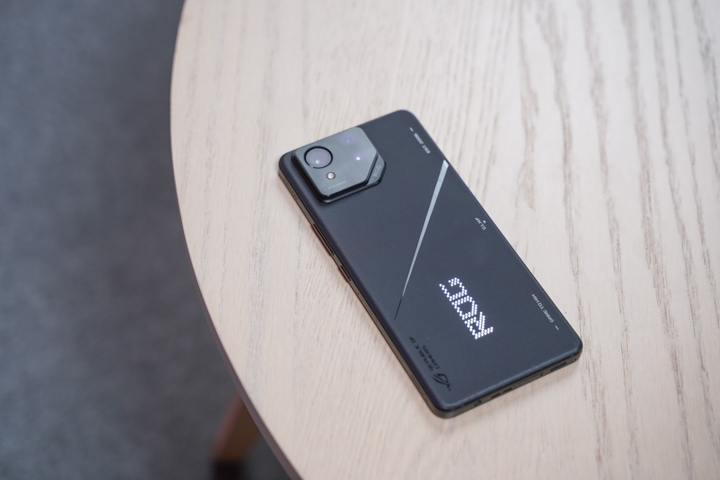
And did it reflect in real-world use, yes it did! Potential buyers can expect great battery life even when with quick gaming sessions sprinkled throughout the day.
Now if you were planning to play for 8 hours straight, your results will definitely vary.
Conclusion
Now, before we wrap this review up, let’s address the elephant in the room – the price.
The Asus ROG Phone 8 Pro with 16GB RAM and 512GB of internal is priced at Php 60,995 while the 24GB RAM and 1TB combo is priced at Php 75,995. Only the 24GB RAM and 1TB variant will come with a free AeroActive Cooler X (worth Php4,995).
The cost is definitely not for everybody but it promises an unparalleled mobile gaming experience in a not too obvious “made for gaming” package.
While its competition may offer arguably better value for the cost. It’s crucial to note the differences – the lack of IP68 water and dust resistance, Qi wireless charging, and the versatile camera setup.
The ROG Phone 8 Pro positions itself not just as a purely gaming smartphone but as a flagship phone with gaming DNA.
So what did you guys think of the Asus ROG Phone 8 Pro, let’s be honest if you had unlimited funds, which gaming phone would you get?
Visit the official page of the ASUS ROG Phone 8 series here for more info: https://ph.rog.gg/ROGPhone8Pro 19
ASUS ROG Phone 8 Pro specs:
6.78″ FHD+ SAMSUNG Flexible AMOLED @ 2400 x 1080 pixels
165Hz refresh rate, HDR10+, 1,600 nits
Corning Gorilla Glass Victus 2
Qualcomm Snapdragon 8 Gen 3
16GB, 24GB LPDDR5X RAM
512GB, 1TB UFS 4.0 internal storage
50MP Sony IMX890 OIS Quad Bayer technology main f/1.9
32MP 3X optical zoom OIS f/2.4
13MP 120° Ultrawide
8K UHD @ 24fps, 4K UHD @ 30/60fps
32MP Selfie Camera
Dual nano-SIM, 5G
Bluetooth 5.4
NFC
WiFi 7 support
GPS (BeiDou, NavIC, GNSS, Glonass, Galileo, QZSS)
ROG UI based Android 14
5,500mAh Li-Po battery, 65W Quick Charge 5.0 and PD Charging support
In-display fingerprint sensor
3.5mm headphone jack
5-magnet speaker, triple microphone
163.8 x 76.8 x 8.9mm (dimensions)
225 grams (weight)
Phantom Black


























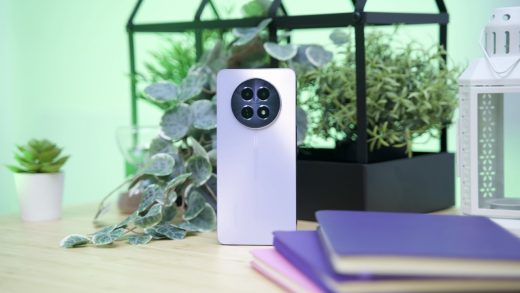
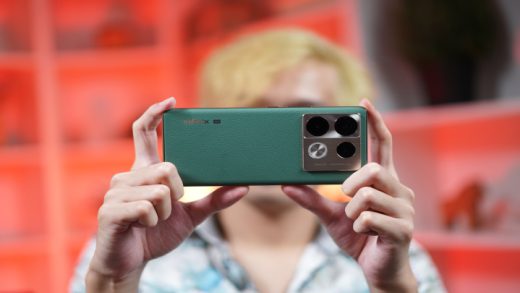
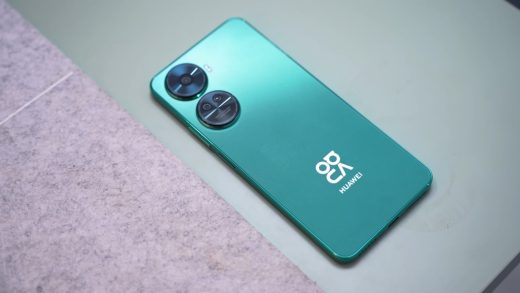

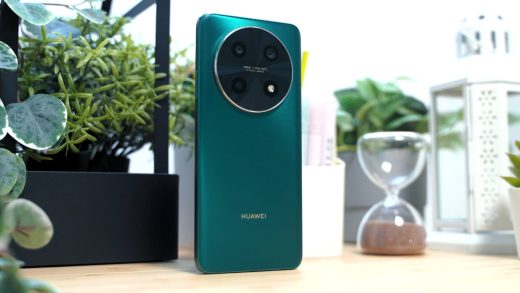





Shall you give us a review about LENOVO LEGION 5 GAMING LAPTOP. Pls